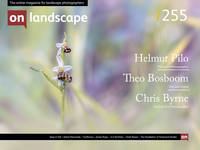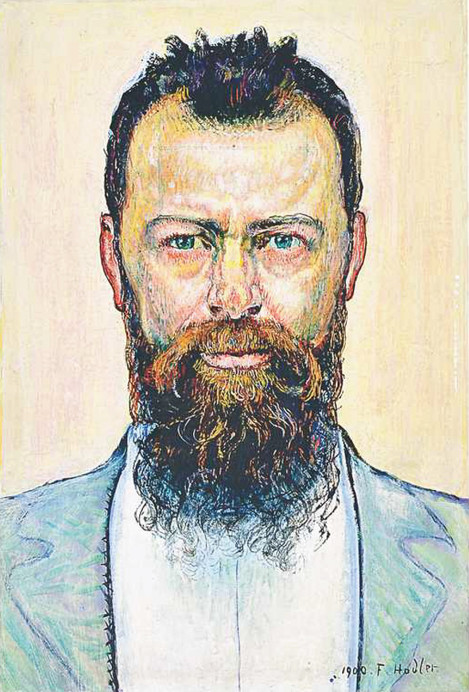A concept useful in landscape photography?

Keith Beven
Keith Beven is Emeritus Professor of Hydrology at Lancaster University where he has worked for over 30 years. He has published many academic papers and books on the study and computer modelling of hydrological processes. Since the 1990s he has used mostly 120 film cameras, from 6x6 to 6x17, and more recently Fuji X cameras when travelling light. He has recently produced a second book of images of water called “Panta Rhei – Everything Flows” in support of the charity WaterAid that can be ordered from his website.
To train the eye, one must observe, compare forms to each other, examine attitudes, facial characteristics, one must look at colours and compare them. Our eye develops by looking at things. Obviously, it is the brain which sees and hears. But apart from that, the eye is an instrument which can be perfected, both in accuracy and aesthetic judgment. To see is to know an object in its proportions, such as they appear to the eye. Therefore, to see is to know. ~ Ferdinand Hodler, La Mission de l'Artiste, 1897.
At the end of 2018, an exhibition opened in the Kunstmuseum in Bern, Switzerland on Parallelism in the art of Ferdinand Hodler1. I already knew of Hodler’s landscape paintings but before visiting the exhibition I did not know of his theories about composition and the manifesto called La Mission de l’Artiste, which he had produced in a talk given in Fribourg, Switzerland on 12th March 18972. Not all artists’ manifestos have worn well with time of course, but many can be usefully read in the context of landscape photography3, including La Mission de l’Artiste4.
At the end of the 19th Century Ferdinand Hodler (1853-1918) was a well-known artist, primarily in Germany, France and his native Switzerland5. Born in Bern to a poor family, after the death of his father Hodler started working at an early age for his step-father who was a painter and decorator. After the death of his mother in 1867 he was apprenticed to the painter Ferdinand Sommer in Thun where he learned to paint alpine landscapes which were sold to tourists. He set up his own studio in Geneva but also travelled to Basel and the Prado in Madrid to study the work of others. His early work was realist in nature, including landscapes, portraits, and figures. He also painted self-portraits throughout his life. In the first section of La Mission de l’Artiste, he sets out his aims for his art:
It is by our eye and our intelligence that the splendours around us affect us. I would say that is reflected in an image, more or less deeply, according to the facility for perception and the degree of impressionability of the artist. We are told that we must learn to see.
The more one enters into the spirit of nature, the more complete is the concept that can be expressed, the more one possesses the means of expression, and the better one can draw the image.
In 1890 he caused a scandal in Geneva with one of his first symbolist paintings (Night) which was deemed obscene because of its several nude figures (it was better received in Paris, including by Rodin). He was commissioned to produce a number of large-scale mural works in Germany and Switzerland but It was not until 1900 that he started to have more international success. He was invited to join both the Berlin Succession and Vienna Succession groups and had successful exhibitions.


